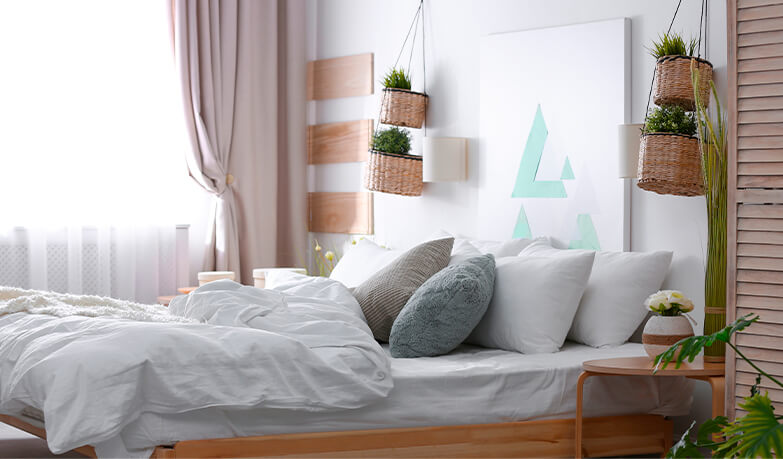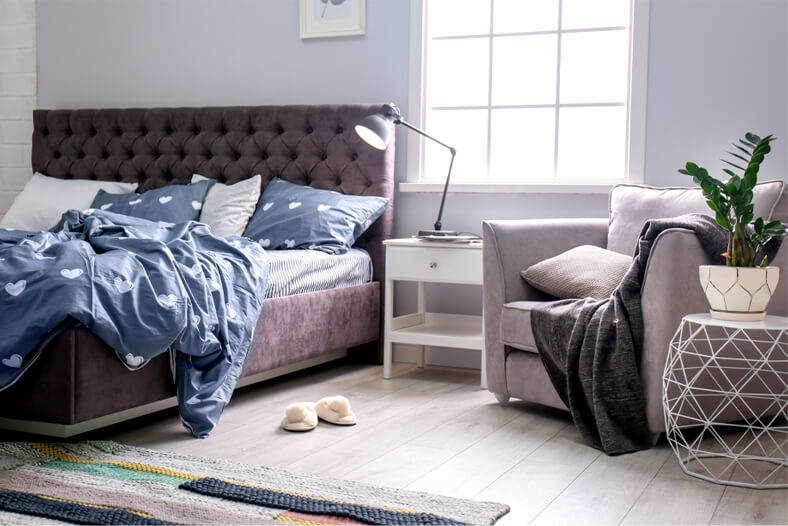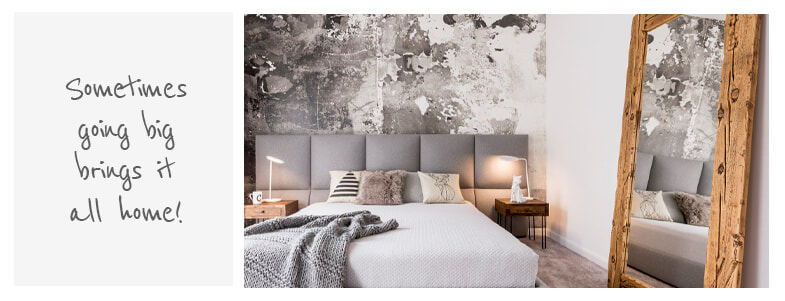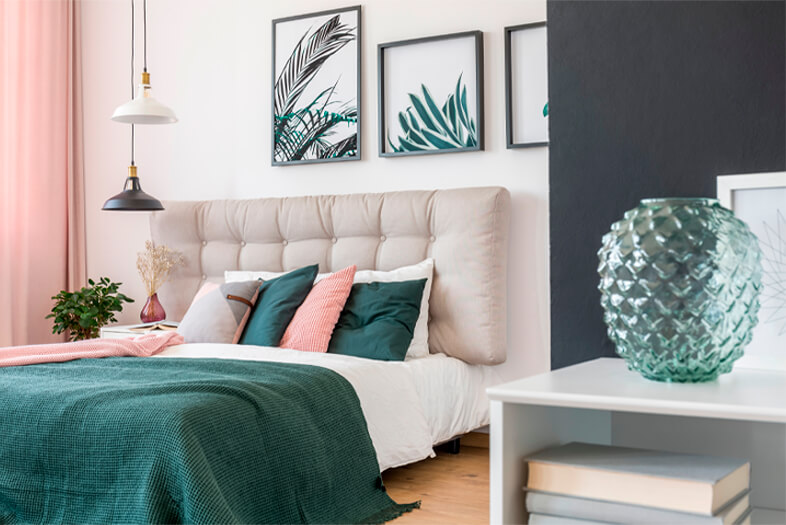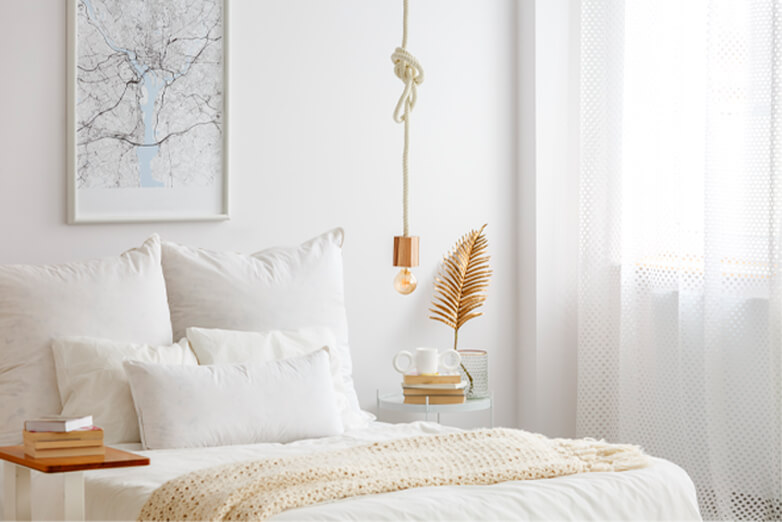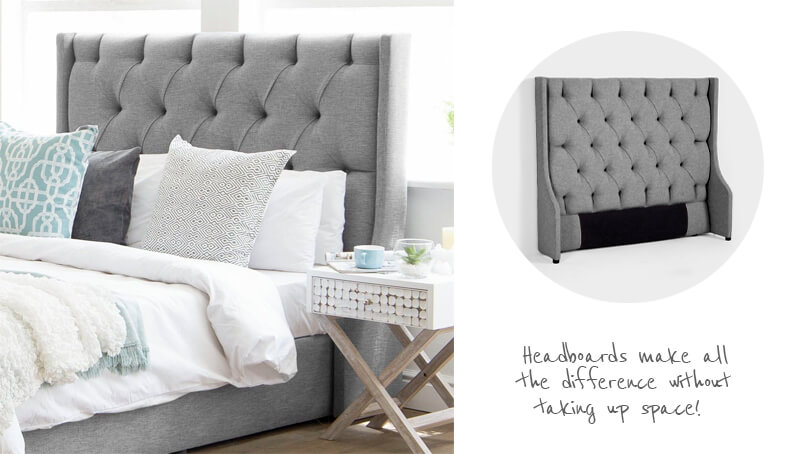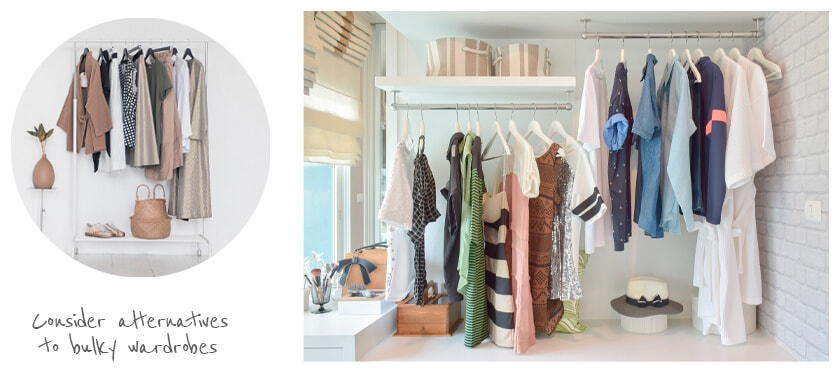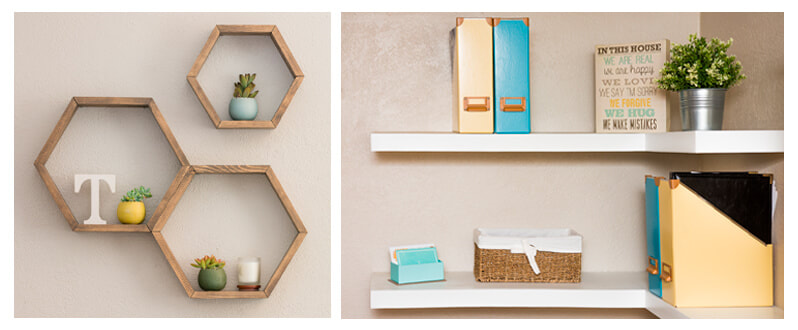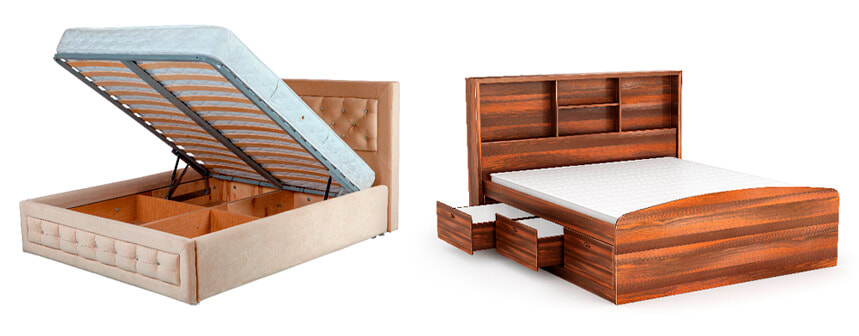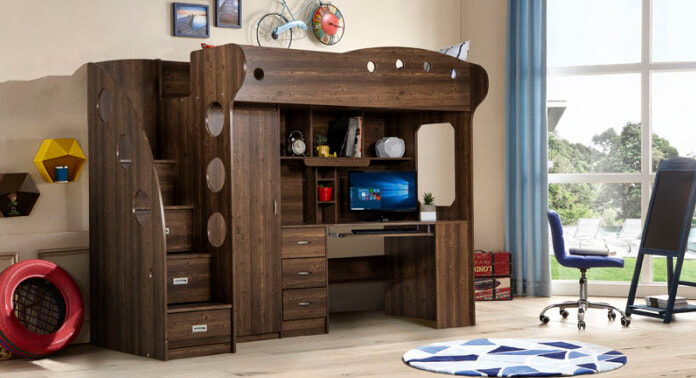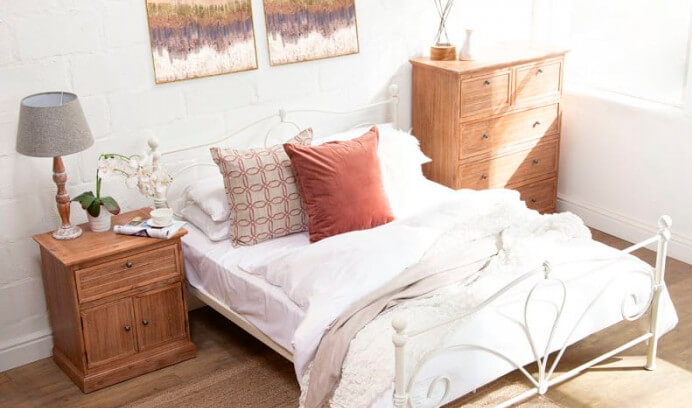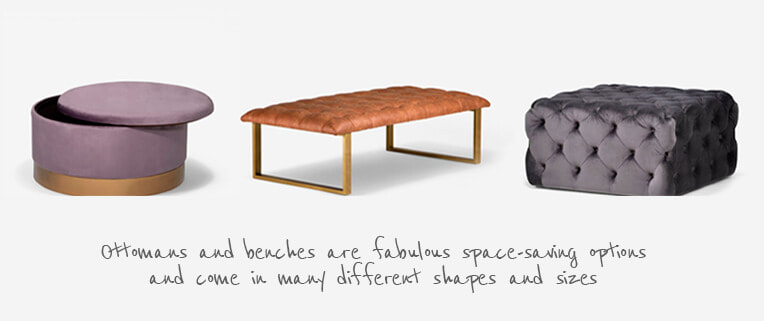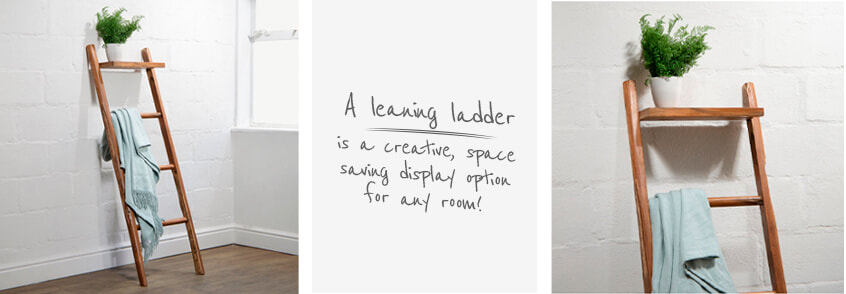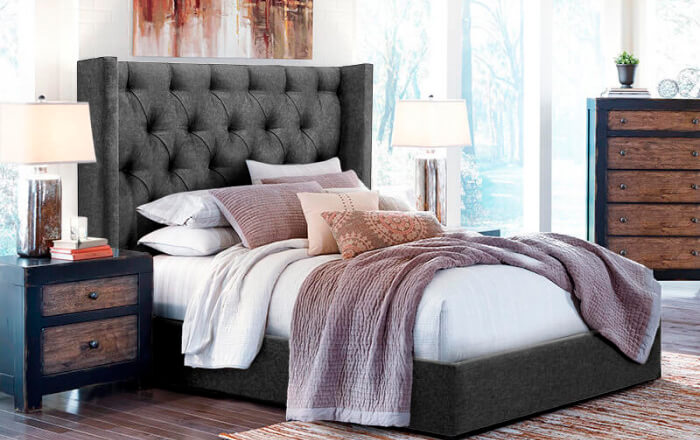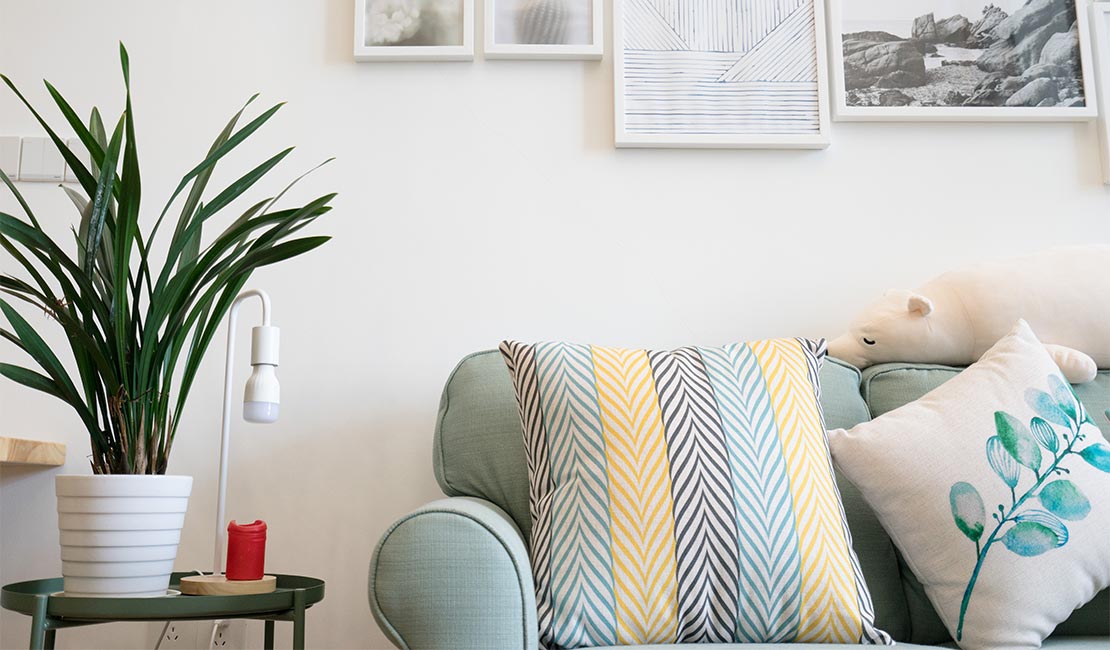
Shopping for sleeper couches is more than just about picking a look you like. That’s because there are several types of mattresses and configurations and each one can affect sleeping comfort, sitting surface and space planning.
Futons. The most basic of sleeper couches, a futon has a metal or wood frame with a single mattress on top. When it’s folded up, the mattress creates both the back and seat of the couch. While pretty comfortable as a bed, a futon can leave something to be desired as a couch, since it has a firm and somewhat unforgiving seat.
Daybeds. A daybed is a single twin mattress that sits in a frame to give it the look of a couch. Since the frame lacks the cushioning of a standard couch, this style is best for a room that’s not going to be used regularly for entertaining.
Standard foldouts. This style is probably what comes to mind when you think of sleeper couches. The mattress is supported by a thick, canvas-like fabric that’s secured by springs on the side. Foldout mattresses come in a few different options: all innerspring, all-foam or innerspring with an air topper — which seems to be the winner for comfort. These sleepers require more space since you need room to unfold the mattress.
The foldout sleeper comes in a wide variety of styles. Comfort and quality vary widely depending on the manufacturer, so if this is going to be a daily-use couch, purchase the best you can afford. The couches lack the supportive springs found in a non-sleeper couch, so they do feel a little different when you sit on them. As for sleeping, the thin mattress means you may feel the support bars when you lie down.
Pullout pop-ups. This style operates like a trundle: A bottom mattress pulls out from under the couch. You can use it as two twin beds or pop the lower mattress up to create a larger bed. You don’t need as much space to pull out the bed since it has you sleeping parallel to the back of the couch.
Since it’s an actual mattress, the pullout pop-up style provides a comfortable sleeping surface. It’s also comfortable as a couch, as long as you like a more firm seating surface — you’re sitting on one of the innerspring mattresses. It can also be used in multiple configurations, such as a family-size chaise.
Other things to consider. While comfort and style are important when choosing a sleeper couch, there are other things you should consider as well: how it will be used, how often it will be used for sleeping and what size room it will be in.
How will it be used? Is this going to be a main couch in a living room or something used a lot less frequently in an office or guest room? If it’s going in the living room, you’ll want seating comfort to be a priority. Choosing a cushion with an innerspring core can help make up for the loss of the spring suspension.
How much sleeping will it get? If the couch won’t be used for weeks at a time as a bed, then a standard foldout sleeper should be fine. For more regularly used sleepers, consider a pullout pop-up or an air-topped foldout mattress.
How big is the room? You don’t want to have to move lots of furniture around whenever you want to transform the couch into a bed. Foldout sleepers take up the most space when converted to a bed. If you have a tight fit, go with a pullout pop-up.
Sleeper couches are a great solution when you don’t have a designated guest room. While there’s usually some sacrifice on couch structure or sleeping comfort if you keep your priorities in mind while shopping at Bed King, you’ll be able to get the best of both worlds.
Article sourced from: https://www.foxnews.com



